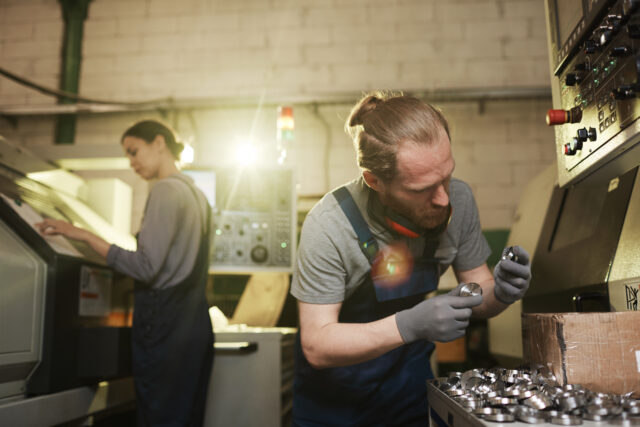As global markets evolve and supply chains face new pressures, American manufacturers are increasingly faced with a critical strategic decision: should they outsource production to external partners or keep operations in-house?
Each approach has its merits — and potential pitfalls. Below, we break down the pros, cons, and key decision-making factors to help manufacturers determine the right fit for their operations.
✅ The Case for Outsourcing Production
Outsourcing can be a powerful way to reduce costs, increase flexibility, and scale fast — especially when global partners bring specialized expertise.
Advantages of Outsourcing:
- Cost Efficiency: Lower labor and operational costs in countries like Mexico, Vietnam, and India can deliver major savings.
- Scalability: Easily ramp up production without massive capital investment in facilities or equipment.
- Global Reach: Tap into global talent, advanced technologies, or unique capabilities not available domestically.
- Focus on Core Business: Shift resources to innovation, marketing, and customer service while manufacturing is handled externally.
Challenges of Outsourcing:
- Quality Control: Distant production means reduced oversight and increased risk of defects or inconsistencies.
- Supply Chain Vulnerability: Long-distance logistics are subject to delays, political instability, tariffs, and pandemic-related disruptions.
- Intellectual Property Risks: Outsourcing may expose proprietary designs or processes to external parties.
🔧 The Case for In-House Production
For companies that value control, responsiveness, and brand consistency, in-house production offers a level of precision and agility that outsourcing often can’t match.
Advantages of In-House Production:
- Greater Control: Manage every step of the process — from sourcing to quality assurance — under one roof.
- Faster Turnaround: Shorter lead times, especially for custom or low-volume products.
- Enhanced Brand Trust: Made-in-America production supports local economies and can be a competitive differentiator.
- IP Protection: Keeps trade secrets and innovations secure within company walls.
Challenges of In-House Production:
- Higher Overhead: U.S. labor, equipment, and facility costs can be significantly higher.
- Capital Investment: Requires upfront investment in machinery, infrastructure, and training.
- Limited Capacity: Scaling quickly can be difficult without major operational changes.
🔍 How to Decide: Key Questions to Ask
When choosing between outsourcing and in-house manufacturing, American companies should consider:
- What are our cost goals — and how important is margin?
- Is quality or customization a top priority?
- How fast do we need to respond to market changes?
- Do we have the infrastructure and expertise in-house?
- What risks are we willing (or unwilling) to take in our supply chain?
🚀 Hybrid Models: The Best of Both Worlds?
Many manufacturers are now adopting hybrid models, combining in-house R&D or final assembly with outsourced component production. This approach balances cost, control, and flexibility — and can be a smart path for companies navigating complex markets.







